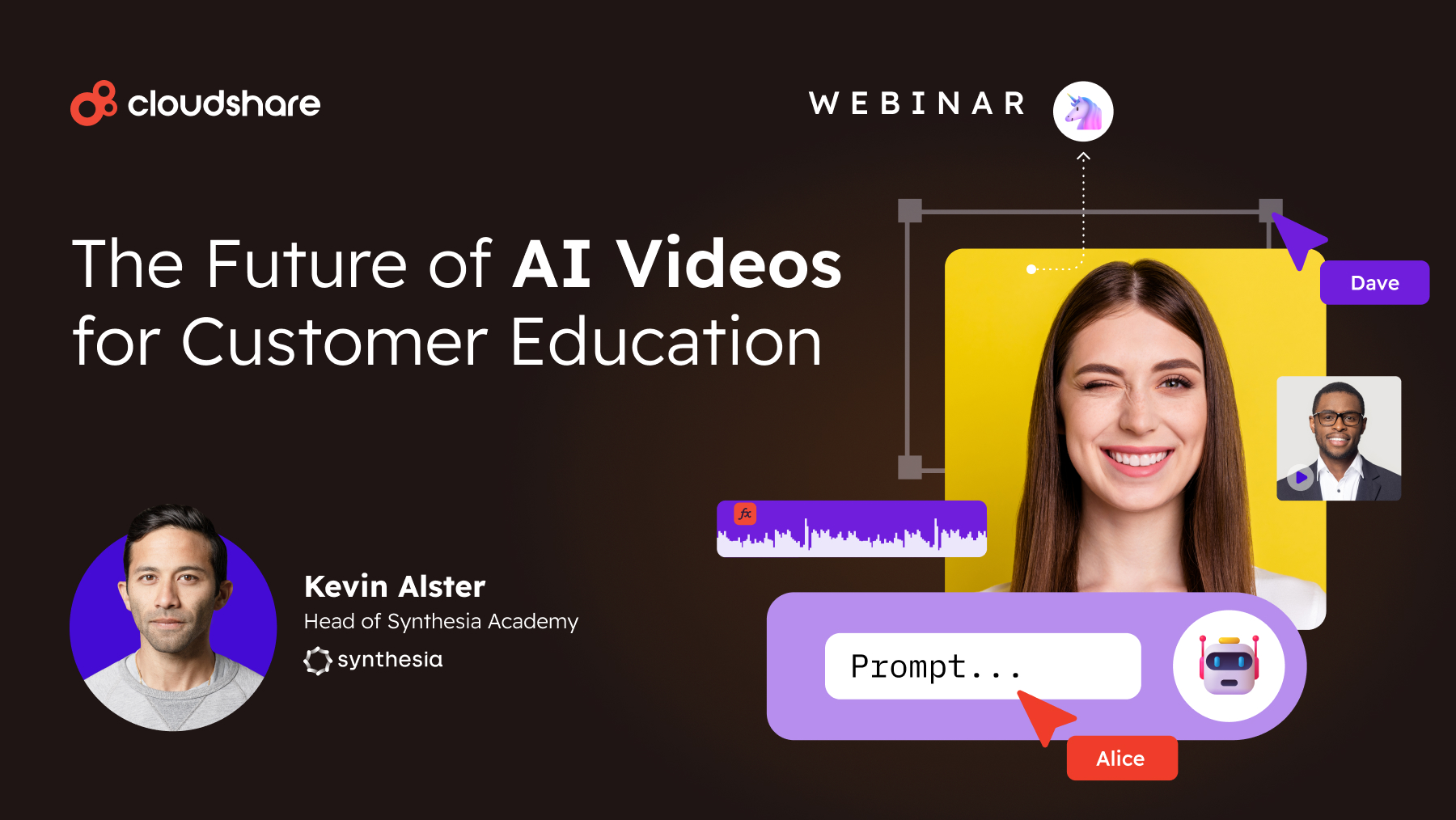
Have you ever asked yourself the following questions:
- What are the modern learner’s preferences?
- How do I deliver them the most engaging content?
- Is knowledge retention of my classes below par?
- Am I using the best technology to streamline the virtual training?
These are some of the questions we tackled in our recent webinar “Learning by Doing: How to Train the Modern Learner.” You can watch it by clicking on the link.
Along with Jesse Miller, general manager at Learndot, our own virtual IT labs expert Lee Berkman presented a one hour interactive webinar that focused on understanding the modern learner’s needs and how to ensure trainers make classes as productive as possible using the right mix of technology and content.

Key trends in customer education
To help understand more about the best practices for delivering great training, let’s first look at three important trends in customer education:
- Learning by doing – trainers are making their learners more active during sessions
- Teaching solutions and solving challenges – it’s not about training on features, it’s fixing bigger problems
- Providing realistic environments, not just screenshots – teaching someone to solve issues requires lab scenarios learners can try themselves
Recognizing these trends and understanding the preferences and attributes of today’s learner, enables trainers to create virtual learning experiences that are powerful and efficient.
The modern learner
So, who is today’s learner and what is their profile? Modern learners are generally younger. Bombarded with massive amounts of information on a daily basis, they don’t necessarily have the longest attention span. Therefore, educational platforms need to adapt to their needs and capabilities.
With the recent trends and modern learner in mind, let’s get into the step-by-step process of how to make customer education unforgettable.
5 steps for building awesome experiences
Back to the 5 steps of creating great training experiences. Here they are:
- Go through a discovery process
- Do an inventory of training and course offerings
- Construct immersive learning experiences with realistic virtual training labs
- Transform training with learning by doing
- Measure impact and optimize
Let’s take a brief look at each step in a little more detail:
Discovery
The first step of any great training strategy is to understand current internal and external customers by collecting feedback from learners, the good and the bad, as well as customer success, support, and sales teams. This will enable the creation of better courses and content that is more in line with what the learners want.
Inventory
Make a list of all the course offerings with data on how they performed. Analyze the data to understand how to optimize them by looking at correlations between things like topic, format, and performance. Maybe it’s time to retire some outdated course and try new formats.
Immersive experience
Virtual labs are interactive, real-life environments that are easily accessible through a web browser and give learners a truly active learning adventure. This method promotes the learning by doing adage. If customers are learning how to use technical software, they need to see and play with the systems in a safe environment where they can break things without consequence.
Learning by doing
When learners are not active, they will not retain the knowledge being passed on to them. The Learning Pyramid demonstrates that the best way to retain information learned in a classroom type of setting, is by making sure the audience is actively performing.
Measure and optimize
With the combination of learning and training lab metrics, trainers can set themselves up for success. All this information offers the right data to make the most informed decisions about optimizing courses, content, and measuring the true impact of the learner experience. At the same time, training lab data helps reduce costs and offer even more types of training.
Each of these steps is crucial to providing the absolute best product for learners. At the end of the day customers need to get the best content, delivered in the most efficient way possible. And it’s imperative that training managers have the technology and metrics to make it all happen.
See our recent case study on how CloudShare helped BWise Academy deliver awesome training by becoming more scalable, flexible, and efficient with virtual training labs.
And keep an eye out for our upcoming, followup webinar with Learndot coming on May 16th.


